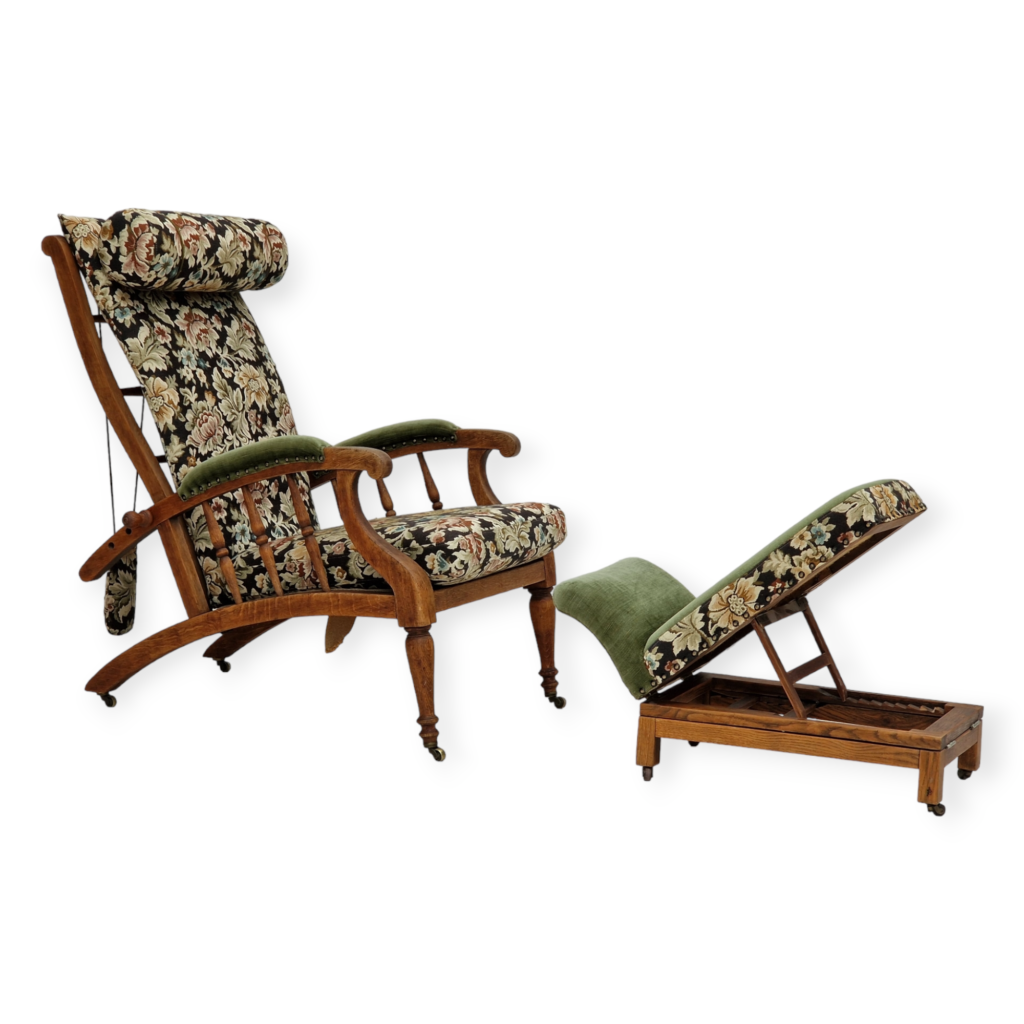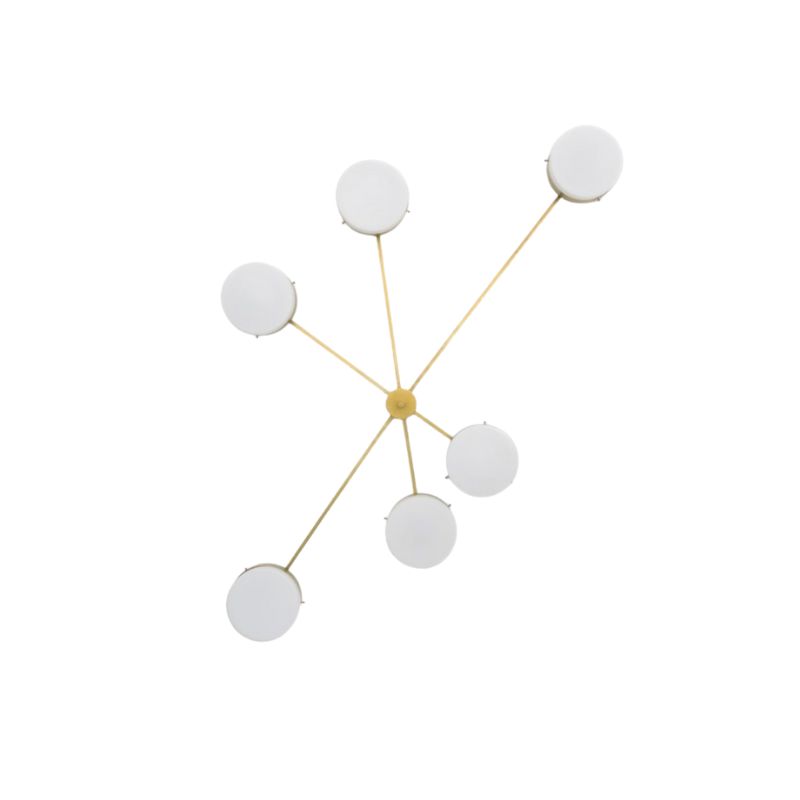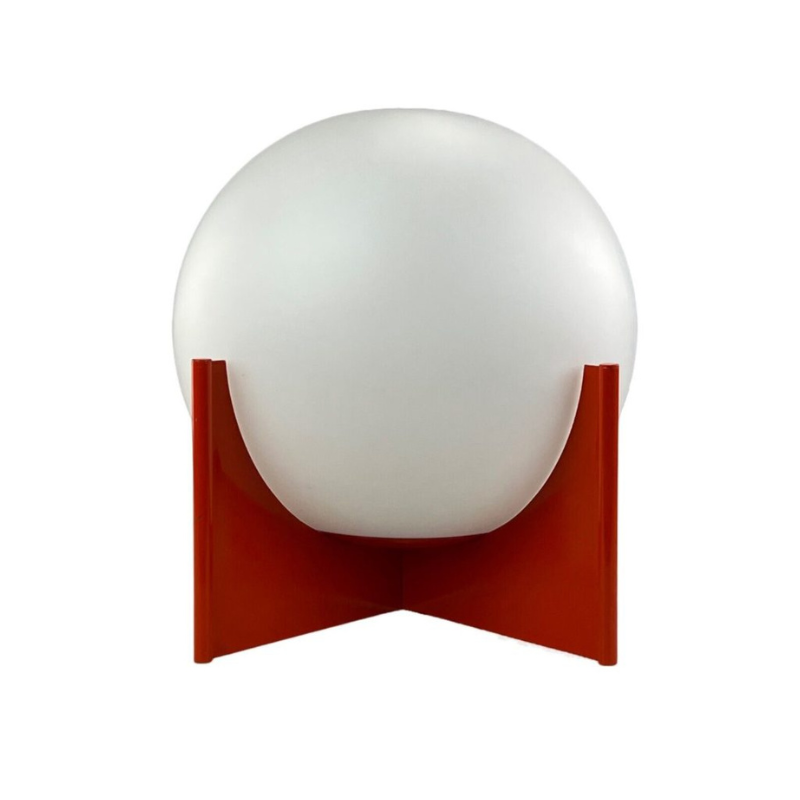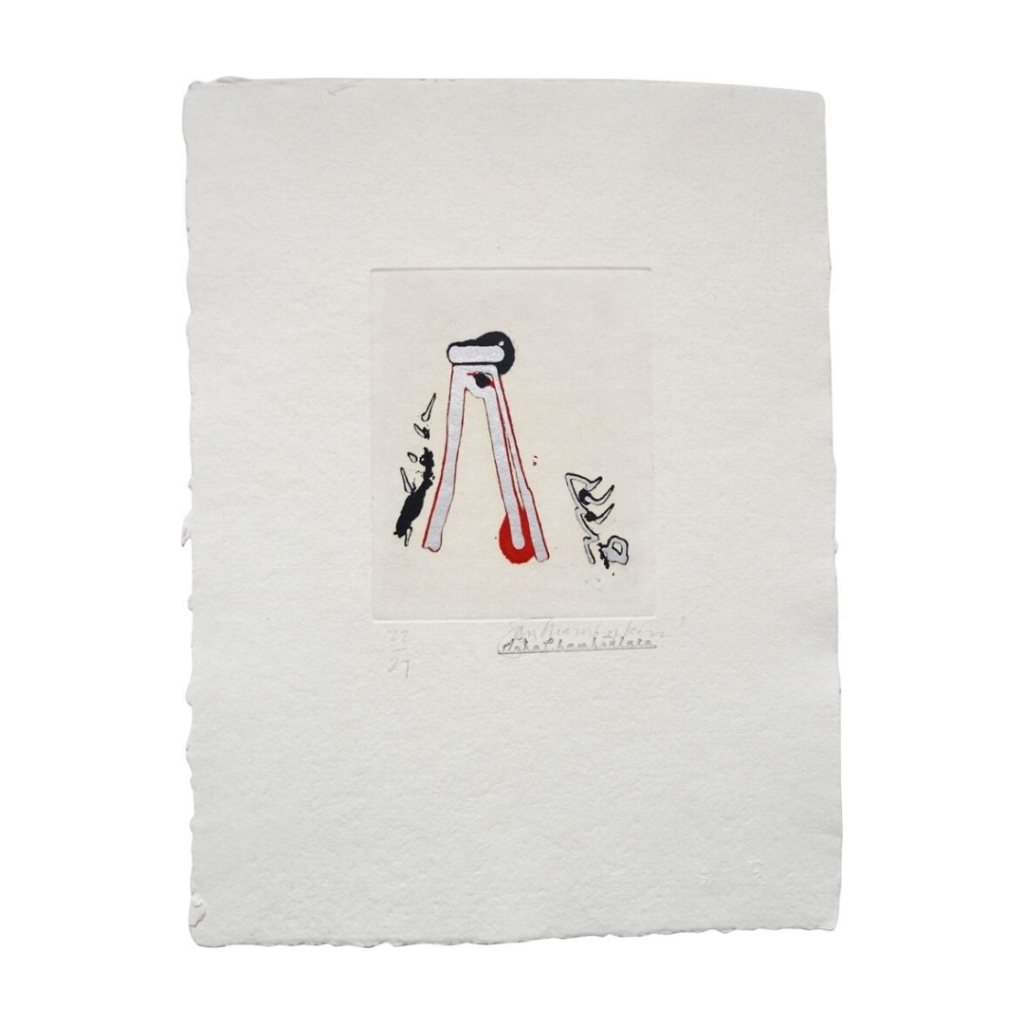Picked up this painted McCobb 1520 table yesterday. I started stripping the legs and it appears it was originally the black finish. What would you do with this table? Not sure it makes sense to strip off the two layers of white paint to re-paint it black. Should I just give it a good sanding and re-paint it black? Would it be crazy to try and strip it down to bare wood and stain it?

Maybe a question for @tktoo2 ?
"People buy a chair, and they don't really care who designed it." (Arne Jacobsen)
That Paul Mccobb table looks so much better compared to the abandoned chest on chest Planner Group dresser that I brought home and restored in 1995. It was a lot of work but it is a rare form and was worth all the time and effort to restore It. It is taking me a long time to collect enough original brass pulls though.
I will only use a paint stripper to remove paint (oil based enamel in my case) as a last resort like if the finish is in poor condition. There are exceptions, but most people paint old wood furniture because the original finish is already shot. I had to strip this dresser to bare wood and experimented with various stains that closely matches the (aged) color of the originals I have. I also found an original press release ad for this Mccobb piece that described the stain color and finish which I replicated.
You need to assess the condition of your table as you found it. If the white paint is water base latex, it will probably come off (by careful scraping) without affecting the original finish underneath. Was primer used before repainting it white? Is the black under the white paint the original lacquer finish or also a black paint rehab done much earlier? If not, stripping to bare wood is the only option and refinishing to closely match the original.


@minimoma Thanks for the info - your chest turned out great! From the stripping I've done so far, some of the black finish is either coming off now, or was already damaged before the white paint, as I am seeing some bare wood. So, I'm thinking I either prime and paint it black, or strip to bare and stain it. I'm thinking of trying a black stain and India ink finish. Do you think that would turn out well, or should I try to replicate the original McCobb black paint finish? If so, any recommendations on the type of paint that would be most similar to the original?

Mark - I have never owned a Planner Group in the black finish and only worked on the wood finish ones. Does you table have a foil sticker (underside of table) or does it have a burn mark? If there's a foil label and it is on the black finish, then that is your table's original finish. Most tables I have seen in person and online in black are described by dealers as "lacquer" but not sure if that is correct or if it is just a sprayed black paint. Most Winchendon catalogs I have seen only described it as black, and the wood finish were described as hand rubbed oil in natural or walnut (I am assuming it is tung oil) which is what I replicated on mine.
If it is actually a lacquer finish, that requires that your table has to be stripped to bare wood, sanded in different grades of sandpaper, then sealed or primed (with sanding in between coats) and finally sprayed with black lacquer in several thin coats (also with sanding in between coats). Lacquer finish is a painstaking process that requires motorized spray/equipment and usually done in a professional setting, and if you have access to this, then go for it.
Start stripping the underside of the table first before the most obvious areas like the top or the legs to see if you can actually stripped the areas to bare wood without leaving any of the black whatever that was applied originally. In my experience, the Planner Group pieces are actually quite forgiving when it comes to refinishing because all the parts are made of solid maple and no veneers loose by over sanding, the edges and surfaces can dent though so use caution whenever you can. If you can strip your table to bare wood, then it is up to you to decide what finishing process appeals to you most and also considering what is manageable in your level of expertise. The one drawback of refinishing is it will make a 60+ year old table sparkling new. What ever finishing you decide, stick to satin or matte finishes which replicate better what older furniture should look like when used regularly overtime.
I am not sure why some parts of the that black Planner group table online has some partially exposed wood while the rest is all black or maybe those parts just lost the black from sliding back and forth overtime.
https://www.wright20.com/pdf/paul-mccobb-manufacturers-catalog/planner-group-1958.pdf

Yeah, I'd strip the white paint, sand it a little, prep and spray a few coats of black lacquer on it, leveling between coats, and then knock down the gloss by rubbing out with #0000 steel wool wrapped over a block. Pretty sure that's what Winchendon put on these originally. Looks like there might be some warp to one of the drop leaves? You might be able to deal with that, too, after stripping. I like the India ink look on some pieces, but you'd need to sand to bare wood for good results. I guess it depends on how much work you're willing to put into it. Your friendly, local automotive paint shop should be able to help you out with this for a nominal fee. This stuff is easy for them.
As an aside, Planner Group stuff is often listed as being maple, and Winchendon may even have advertised it as such, but almost every piece I've seen is either birch or one of the lesser maple varieties. I've even seen a mix of both on the same piece. They weren't too choosy about matching grain character or color of individual boards, either.
So, I've stripped the three layers of paint from the top (two white and what I assume was the original black). Here's a shot showing the wood grain, also some separation beginning in a couple of the joints. Do you think going back to a black painted finish would be best? Any more thoughts on an India ink finish? I don't have spray equipment and it doesnt make financial sense to pay a professional for this little table. I'm not that concerned about recreating one of the three original finishes; I just want something that looks good and is doable with basic equipment and skills. Thanks.

Looks good or looks good and performs well? Seems like you don't want to put a lot into it.
Funny, though, that it appears they did almost try to match some boards on the top but then threw in a random, mismatched piece in the middle. Definitely needs an opaque finish whatever you decide.
You can brush on lacquer, but you'd need to be skilled enough with a brush to work quickly and use a proper brush. Maybe easier but still not cheap would be to use black lacquer available in spray cans. One caveat with lacquering over an existing finish is compatibility. There is always the chance that it will react with even trace amounts of remaining prior paint or finish and ruin the results. Easiest way to prevent this is to seal with either 2 coats of 1lb cut shellac brushed on or sprayed from cans before applying lacquer. Advantages are that both shellac and lacquer dry hard by evaporation very quickly compared with conversion finishes like traditional varnishes and polyurethanes which need to cure over time. You can often put on 3 or 4 coats in a day depending on ambient environment. Lacquer also provides good resistance to abrasion, heat, and liquids like alcohol which acrylic (latex) and oil finishes often do not. These are important qualities, IMO, for pieces that are likely to see hard service like desks and kitchen tabletops. Lacquer is also easy to repair or remove later and, in this case, remains true to the original finish.
But you've gone ahead and slapped on 2 coats of Rustoleum already, haven't you?
@tktoo2 Thanks for the helpful info. I got sidetracked by some other projects but came back to it this week. I decided to try India ink (Speedball Super Black) because I'd never used it and was curious. It was great on the legs but not so great on the top - probably due to the random wood they used. I saw a video that suggested using a combination of India ink and black stain, so I tried adding a couple coats of stain but was still not happy with the evenness.
At this point I'm thinking the spray lacquer was/is the way to go. Any thoughts on preparing the surface at this point?
Here are a couple of shots showing how it looks after the ink and stain.


At this point, it kinda depends on how smooth and monolithic you want the final surface to be and how much time/effort/money you are willing to put into it.
Were you thinking of having it professionally sprayed? That's what I would do, but only because there's a great auto body shop literally a 5-minute walk from my house and I've enjoyed a good relationship with the talented guys there for many years. FWIW, I don't think your table looks too bad as is, though it would need some sort of top coat to seal and protect the black finish. What type of stain did you put over the ink?
I used Minwax True Black - it was the only black stain they had nearby. The table overall looks okay, it's hard to capture the uneven finish in photos. The legs and side "leaves" look great, exactly as I'd hoped, but the middle section is where it's uneven. I don't know any professional sprayers so wasn't planning to go that route. Thanks.
Assuming the stain is oil-based, you could use an oil-based varnish or paint to topcoat without having to worry too much about compatibility issues, but I'd still recommend testing first. An intermediate coat or two of shellac might be advisable, too.
Prep would be same for all final finishes, though. Scuff-sand with fine grit before and between coats to help level and knock off any fuzz or dust particles. The difference is drying or curing time between steps. Typically, oil-based varnishes and paints don't dry as "hard" as lacquer or shellac and take much longer to cure. This is why the introduction of sprayed, lacquer-based finishes was such a boon for mass-manufacturers of wooden furniture. Trying to sand or rub out still-soft finishes prematurely just clogs the paper or metal wool and can leave unsightly, permanent marks. Patience is key here.
If you need any help, please contact us at – info@designaddict.com









